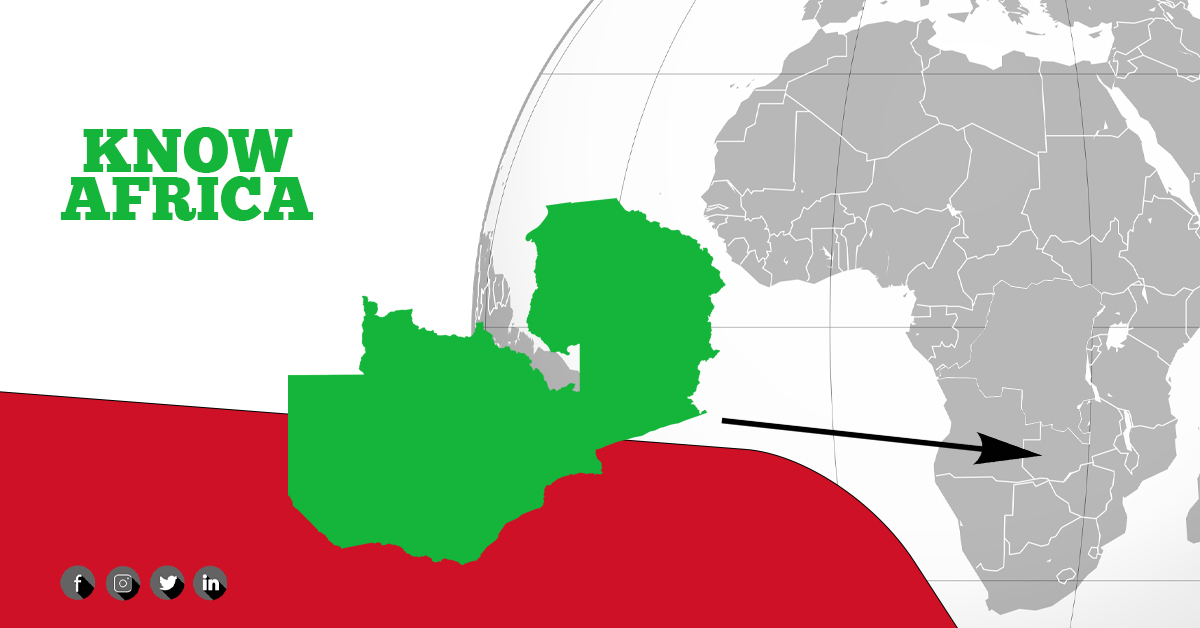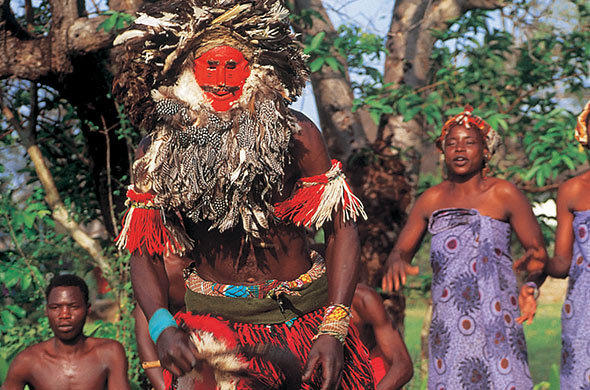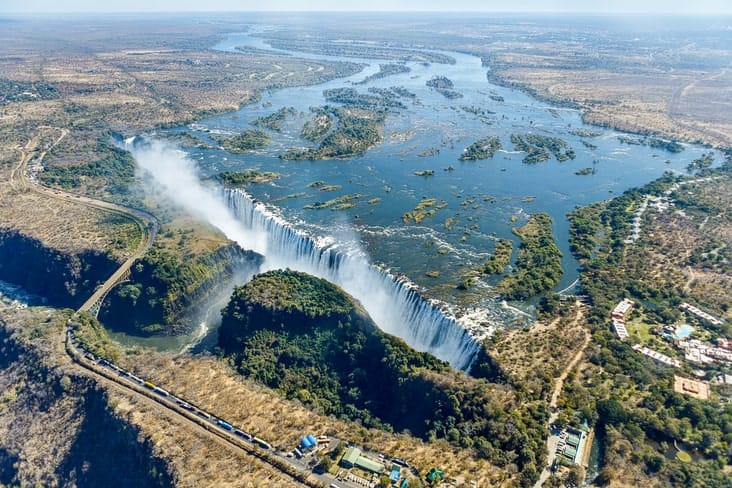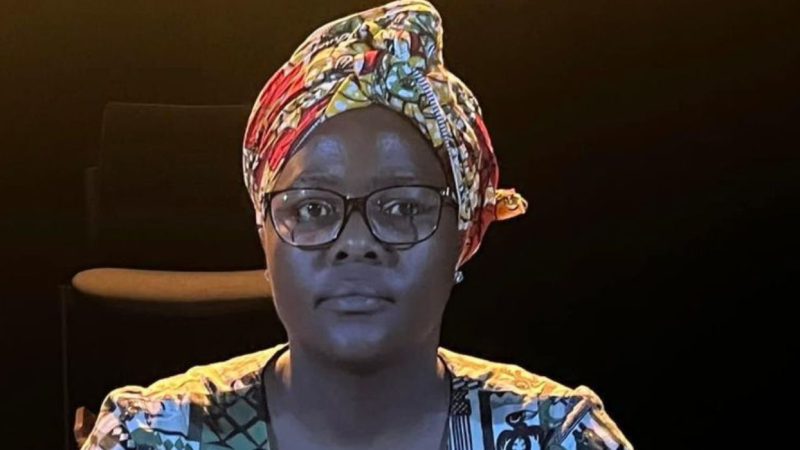Zambia

Republic of Zambia is a landlocked country at the crossroads of Central, Southern and East Africa, although it is typically referred to as being in South-Central Africa. Its neighbours are the Democratic Republic of the Congo to the north, Tanzania to the north-east, Malawi to the east, Mozambique to the southeast, Zimbabwe and Botswana to the south, Namibia to the southwest, and Angola to the west. The capital city of Zambia is Lusaka, located in the south-central part of Zambia.
10 Things to know about Zambia;
- Originally inhabited by Khoisan peoples, the region was affected by the Bantu expansion of the thirteenth century.
- On 24 October 1964, Zambia became independent of the United Kingdom and prime minister Kenneth Kaunda became the inaugural president.
- The Bemba, along with other related groups like the Lamba, Bisa, Senga, Kaonde, Swaka, Nkoya and Soli, formed integral parts of the Luba Kingdom in Upemba part of the Democratic Republic of Congo and have a strong relation to the BaLuba people. The area which the Luba Kingdom occupied has been inhabited by early farmers and iron workers since the 300s. The exact number of Zambian languages is unknown, although many texts claim that Zambia has 73 languages and/or dialects; this figure is probably due to a non-distinction between language and dialect, based on the criterion of mutual intelligibility.
- Zambia is administratively divided into ten provinces subdivided into 117 districts, and electorally into 156 constituencies and 1,281 wards.
- Zambia is a landlocked country in southern Africa, with a tropical climate, and consists mostly of high plateaus with some hills and mountains, dissected by river valleys.
- There are two main seasons, the rainy season (November to April) corresponding to summer, and the dry season (May/June to October/November), corresponding to winter.
- Roughly 490 known fish species, belonging to 24 fish families, have been reported in Zambia, with Lake Tanganyika having the highest number of endemic species.
- The population comprises approximately 73 ethnic groups, most of which are Bantu-speaking. Zambia is officially a “Christian nation” under the 1996 constitution, but recognizes and protects freedom of religion.
- The Zambian economy has historically been based on the copper mining industry. Agriculture plays a very important part in Zambia’s economy providing many more jobs than the mining industry. Zambia has some of nature’s best wildlife and game reserves affording the country with abundant tourism potential. The North Luangwa, South Luangwa and Kafue National Parks have one of the most prolific animal populations in Africa. The Victoria Falls in the Southern part of the country is a major tourist attraction.
- Zambia declared its independence on the day of the closing ceremony of the 1964 Summer Olympics, thereby becoming the first country ever to have entered an Olympic game as one country, and leave it as another. In 2016, Zambia participated for the thirteenth time in the Olympic games. Football is the most popular sport in Zambia, and the Zambia national football team has had its triumphant moments in football history.




Zambia’s culture has been an integral part of their development post-independence such as the uprising of cultural villages and private museums. The music which introduced dance is part of their cultural expression and it embodies the beauty and spectacle of life in Zambia, from the intricacies of the talking drums to the Kamangu drum used to announce the beginning of Malaila traditional ceremony. Dance as a practice serves as a unifying factor bringing the people together as one. [From Wikipedia]





